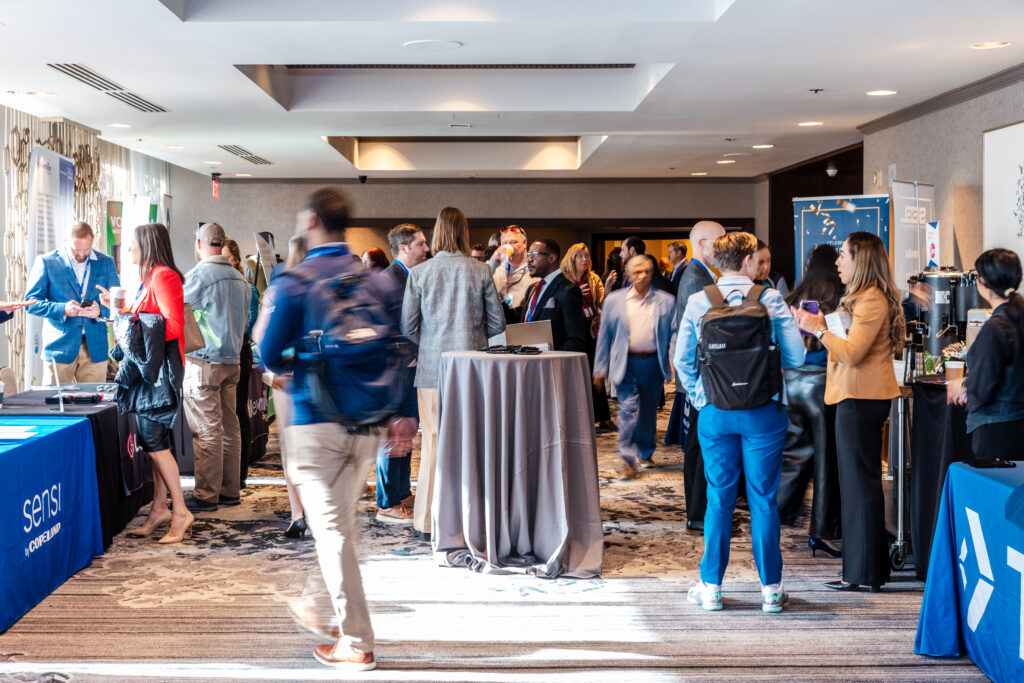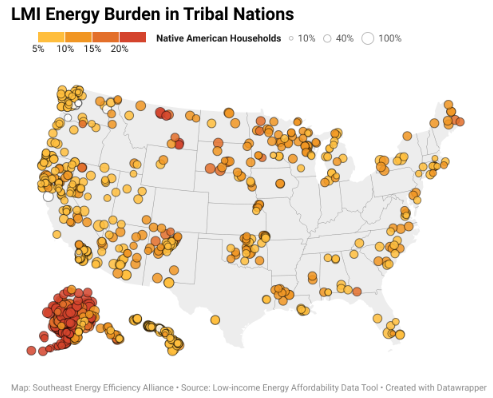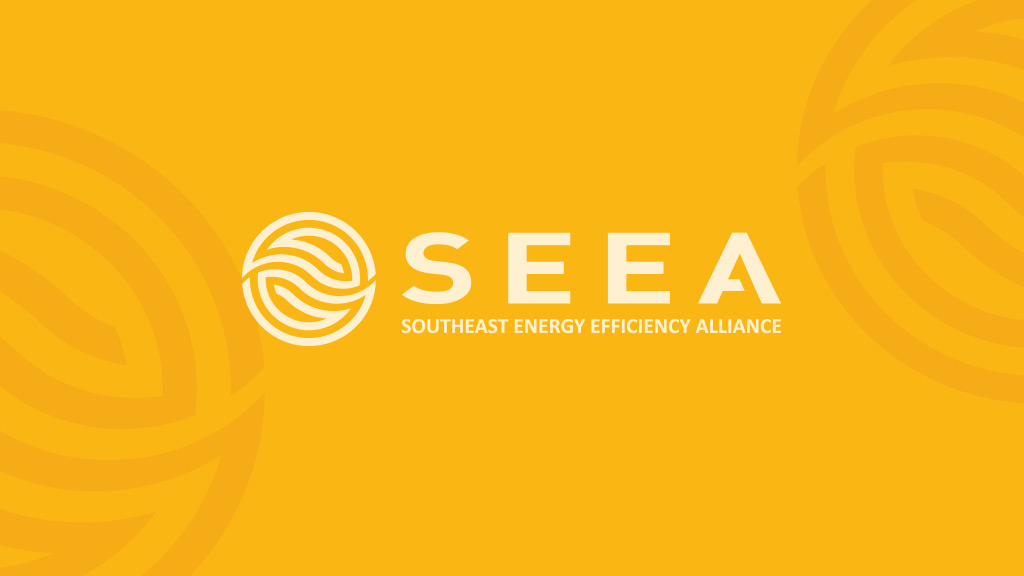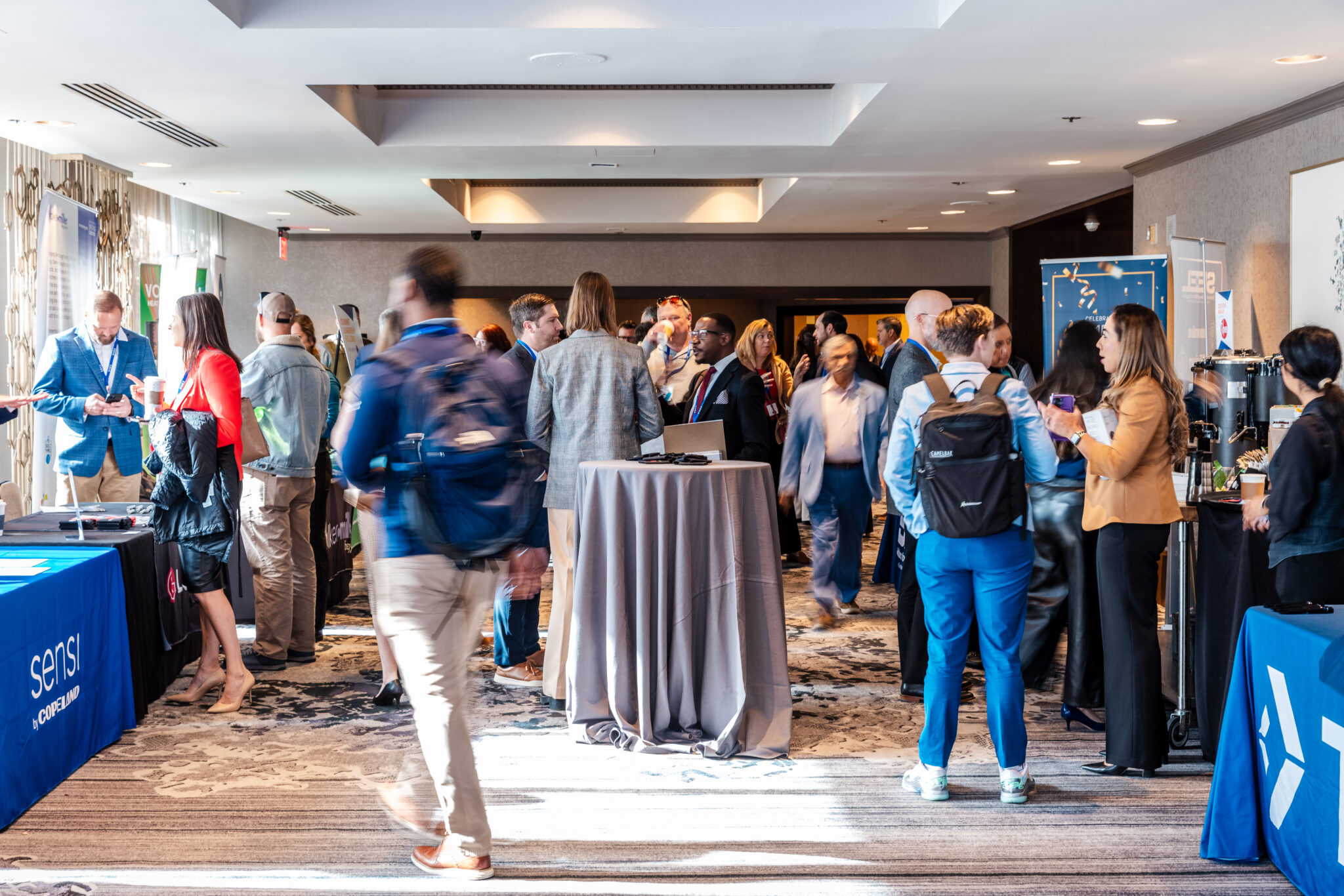Month: December 2024
December Map of the Month
By Laura Diaz-Villaquiran
Source: U.S. Census Bureau - American Indian, Alaska Native, and Native Hawaiian Areas (AIANNHAs). U.S. Department of Energy – Low-Income Energy Affordability Data Tool (LEAD).
Native American communities in the United States face steep barriers to accessing energy efficiency and clean energy resources, while experiencing disparities in access and reliability of electric service. According to a 2023 report from the U.S. Department of Energy, tribal communities experience higher than average energy costs and burdens, while also having a higher number of unelectrified homes and a greater frequency of power outages.
December’s map of the month uses data from the U.S. Department of Energy’s Low-Income Energy Affordability Data (LEAD) tool to highlight the energy burdens faced by low- and moderate income (LMI) American Indian, Alaska Native, and Native Hawaiian households. The geographies in this map come from the U.S. Census Bureau and include federally recognized tribal lands, state-recognized reservations, off-reservation trust lands, tribal subdivisions, Alaska Native Regional Corporations, and Native Hawaiian home lands.
Energy burden is a measure used to assess a household’s ability to afford their energy costs and is calculated by dividing a household’s annual energy expenses by their income. Nationally, Native American households face median energy burdens that are 45% higher than that of white (non-Hispanic) counterparts.
We find that 86% of low- and moderate-income Native American households have high energy burdens, meaning that they pay at least 6% of their income for their energy bills. Out of those households, 50% have energy burdens that are considered severe, which require spending at least 10% of income to cover energy expenses.
The highest tribal energy burdens are concentrated in Alaska. This is driven by Alaska’s high per capita energy consumption, reliance on diesel-fueled electric generators, and sub-Arctic temperatures. Many rural communities in Alaska are not connected to the Railbelt energy grid and have high-cost utilities resulting from this lack of interconnectivity and the expense of delivered fuels.
Tribal communities' experiences of energy insecurity are shaped by legacies of colonization, forced displacement, marginalization and federal policies that have contributed to the disparities that exist today.
Despite energy affordability challenges, Native communities have been at the forefront of the environmental and energy justice movements and are leading the way in shaping a clean energy future, and DOE’s 2023 report notes that federal investments are “having a tangible impact” on improving energy access and reliability.
The U.S. Department of Energy’s Office of Indian Energy Policy and Programs contains a Tribal Energy Projects Database where you can learn more about 221 tribal-led energy projects across the country, with 151 of those focusing on workforce development, weatherization, photovoltaic energy generation, energy efficiency, and the deployment of renewable energy technologies.
Federally funded projects support indigenous communities' energy sovereignty and climate resilience. Solar installations, for example, help reduce the need for transported fuels to remote locations and protect the residents of tribal lands from rolling utility blackouts.
Additionally, the U.S. Environmental Protection Agency (EPA) recently deployed unprecedented funding to support clean energy and energy efficiency projects in tribal communities through the Community Change Grant initiative. In the most recent award period, 9 projects in Alaska received upwards of $180 million in funding to support equitable climate solutions. Some of those awardees are:
- The Kotzebue Tribal Wind project, which will build two tribally owned 1MG wind turbines;
- The Huslia Village Climate Solutions project, which will provide critical water and sewer infrastructure to the Koyukuk-hotana Athabascan village. The funding for this project will be directed towards weatherizing “16 homes to reduce energy costs,” build 8 new energy efficient homes, and install grid-connected rooftop solar systems in this rural community;
- The Chenega Bulk Fuel Storage System and Renewable Integration Project, which aims to decrease Chenega’s reliance on diesel fuel through the installation of solar arrays with battery storage.
Nonprofits for unincorporated Norcross acquire $19.95 million EPA Community Change Grant
FOR IMMEDIATE RELEASE
DECEMBER 12, 2024
*Repost from Lucky Shoals Community Association*
The Lucky Shoals Community Association (LSCA) – with partners Gwinnett Housing Corporation (GHC), Georgia Hispanic Construction Association (GHCA), and Southeast Energy Efficiency Alliance (SEEA) – have acquired a $19.95 million Community Change Grant from the U.S. Environmental Protection Agency.
LSCA and partners will utilize the funding in unincorporated Norcross for greenspace preservation, development of a community resilience hub, and expansion of its existing programs around energy efficient buildings, indoor air quality, water, and the clean energy construction workforce. Unincorporated Norcross is both the most diverse and most under resourced part of Gwinnett County, itself the second largest county in Georgia.
LSCA and its three partners have previously worked on a variety of initiatives, particularly through its Drawdown Georgia grant, which helped to establish their programs around healthy, energy efficient buildings and construction workforce training, and to engage all nearly 22,000 households in this area on their needs around housing, energy, and jobs.
Marvin Lim, LSCA, CEO and Founder: “Together with GHC, GHCA, and SEEA, LSCA’s work has always been centered around promoting our community’s strengths to address the very energy, environmental, and economic challenges we live and work in, every day. In this county, we’ve got the highest housing and energy cost burdens, some of the most dilapidated properties and unhealthiest conditions, and an underappreciated economy. But we also have stunning cultural and linguistic richness, a robust construction workforce, and greenspace we should preserve. I’m grateful to the EPA for believing in our strengths, our potential, and the idea of community ownership over our own assets.”
Lejla Prljaca, GHC, Executive Director: “Over the past decade, the housing market has become increasingly corporatized, with Gwinnett County leading the state in the number of institutionally-owned homes. This grant will empower our community to reclaim control over its land, fostering sustainable resource management, promoting economic development, addressing housing affordability, and preserving cultural heritage. By curbing land speculation and ensuring long-term access to vital land assets, this initiative will ensure equitable opportunities and a resilient future.”
Rafael Villegas, GHCA, Director of Organizational Growth: “This project is a shining example of what can be achieved when community, industry, and government come together to drive positive change. As a partner in this effort, GHCA is proud to contribute to the growth and development of a more sustainable, resilient, and equitable community. We believe that everyone deserves access to safe, healthy, and affordable housing, and we’re committed to helping make that vision a reality.”
William D. Bryan, Ph.D., SEEA, Director of Research: “From the beginning, this project has used collaborative research and on-the-ground engagement to identify and address key needs faced by residents of unincorporated Norcross. This work affirms that place-based solutions, rooted in local assets, are crucial for addressing energy insecurity. This grant will not only be transformational for unincorporated Norcross but will also provide valuable insights into how we can scale up successful place-based models across the South, particularly in communities facing energy insecurity.”
Aimee Skrzekut, SEEA, President and CEO: “Our research has illuminated both the challenges and untapped opportunities within unincorporated Norcross. This grant enables us to amplify our data-driven approach, empowering the community to leverage its unique strengths and tackle affordability issues to enhance energy security. At SEEA, we are proud to collaborate with our partners to create transformative change in Norcross, and we are committed to expanding this replicable model to make a lasting impact in other underserved communities across the Southeast.”
CONTACT: [email protected]
2024 Southeast Energy Summit Member Testimonial
Written by: Julie Hayes

Southeast Energy Summit 2024 was bigger and better than ever, with over 300 attendees from across the country participating.
As a new SEEA member, I was excited to experience for myself all of the great things I had heard about the Summit from my colleagues in the region. I was also eager to see if anyone else was feeling uncertain about how the incoming administration might affect our industry.
My concerns were addressed in the first 30 minutes.
SEEA President, Aimee Skrzekut opened with a warm welcome and comprehensive overview on all the incredible work SEEA has been doing over the last 3+ years. Collaborating through community partnerships, SEEA’s core services of Research, Consulting and Education, Program Management, Facilitation and Financial Services have been instrumental in expanding the Southeast’s coalition for energy efficiency and supporting over $110M in funding across the region.
Then Gene Rodrigues, Assistant Secretary for Electricity at the US Department of Energy took the stage, where he applauded the strength of SEEA’s commitment to collaboration and then laid out a simple framework for how we talk about the work we do in energy efficiency and load management, regardless of the political landscape:
- Reliable – our power must always readily available
- Secure – our infrastructure must be protected from foreign and domestic threats
- Resilient – our systems must withstand increased demand, disasters and extreme weather events
- Affordable – our energy costs must be manageable for all Americans if we are to thrive as a society
He also assured us that DOE is working overtime to award federal grants for Inflation Reduction Act programs like Home Energy Rebates (HER) so that state energy offices can expand their efforts to meet the needs of their communities.
I was now ready to jump into a full day and a half of presentations, panels and interactive discussions centered around this year’s theme of People, Places and Things. The agenda and session descriptions are available at southeastenergysummit.com, but here’s a sample of some of the great conversations I am still thinking about.
The Intersection Between Health, Climate and Resiliency panel focused on strategies for reducing barriers to participation in weatherization programs. Jasmine Mah presented ACEEE’s weatherization readiness pilot, which addresses health and safety issues prior to weatherization work to reduce the number of deferred homes. Michaela Marincic from Three3 shared an Early Alert System that can detect extreme cold or heat in vulnerable homes, especially those of the elderly. And Jacqui Dadakis from Green Coast Enterprises presented on the importance of strengthening codes to combat vanishing insurance options in Louisiana.
SEOs: Where Are They Now was a lively, interactive conversation between attendees and state energy office representatives from Tennessee, Georgia, Alabama, Florida and Mississippi. Each state shared implementation strategies for federally funding programs such as Home Energy Rebates, Solar 4 ALL, and WETO. They also shared the latest EECBG projects and how community and stakeholder engagement is transforming clean energy initiatives in their states.
Harnessing Energy Efficiency: The Untapped Potential of Demand-Side Solutions in Electricity Management was another great discussion where utilities, implementors and policy experts in the region talked about how energy efficiency plays a pivotal role in reducing demand, enhancing grid reliability, and achieving sustainability goals, and which demand-side solutions are reshaping the traditional energy supply model.
The closing plenary with Mark Johnson (Thomas F. Hash Endowed Chair in Sustainable Development, Professor of Materials Science and Engineering) and Kenneth Shiver (Chief Economist, Southern Company) was a powerful reminder that we must strategically leverage energy efficiency to meet our collective goals for economic and community resilience.
Amongst all this learning and discussion, SEEA celebrated energy innovators at the third annual SE Summit Awards. 2024 award recipients are:
- Cobb EMC – Vanguard Award for Innovation in Efficient Energy
- Lucky Shoals Community Association, Gwinnett Housing Corporation, and GA Hispanic Construction Association – Luminary Award for Pursuing Energy Equity
- Drew Frye, Tennessee Valley Authority – Peak Award for Excellence in Leadership
Learn more about the award winners here: https://lnkd.in/eUUTSCyX
Lastly, but not leastly, this event was FUN!!! Resource Innovations sponsored Wednesday night’s festive Cocktails and Connections kickoff party, Southern Company sponsored Thursday night’s raucous Power Hour Karaoke and Line Dancing hoedown (yes, I said hoedown!) and then there were parties both nights hosted offsite by various organizations attending the Summit. I have to say, as a first timer, I really got so much out of attending.
Can’t wait for next year. 😊
To learn more about the Summit and SEEA, visit: seealliance.org. Let’s continue working together to shape a sustainable energy future for all. 🌍⚡#SEEA #EnergyEfficiency #SoutheastEnergySummit #Innovation #SustainableEnergy #EnergyEquity #Leadership #SEImpact




